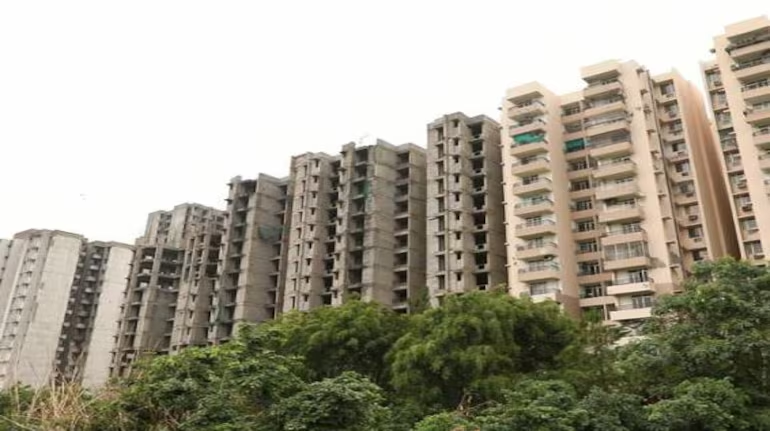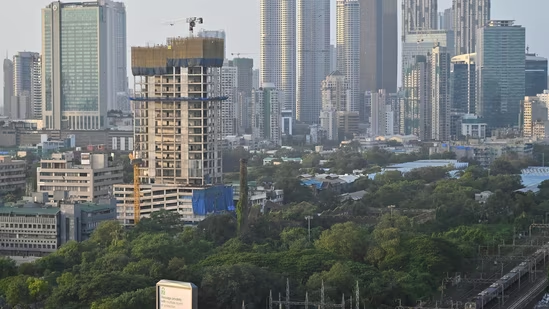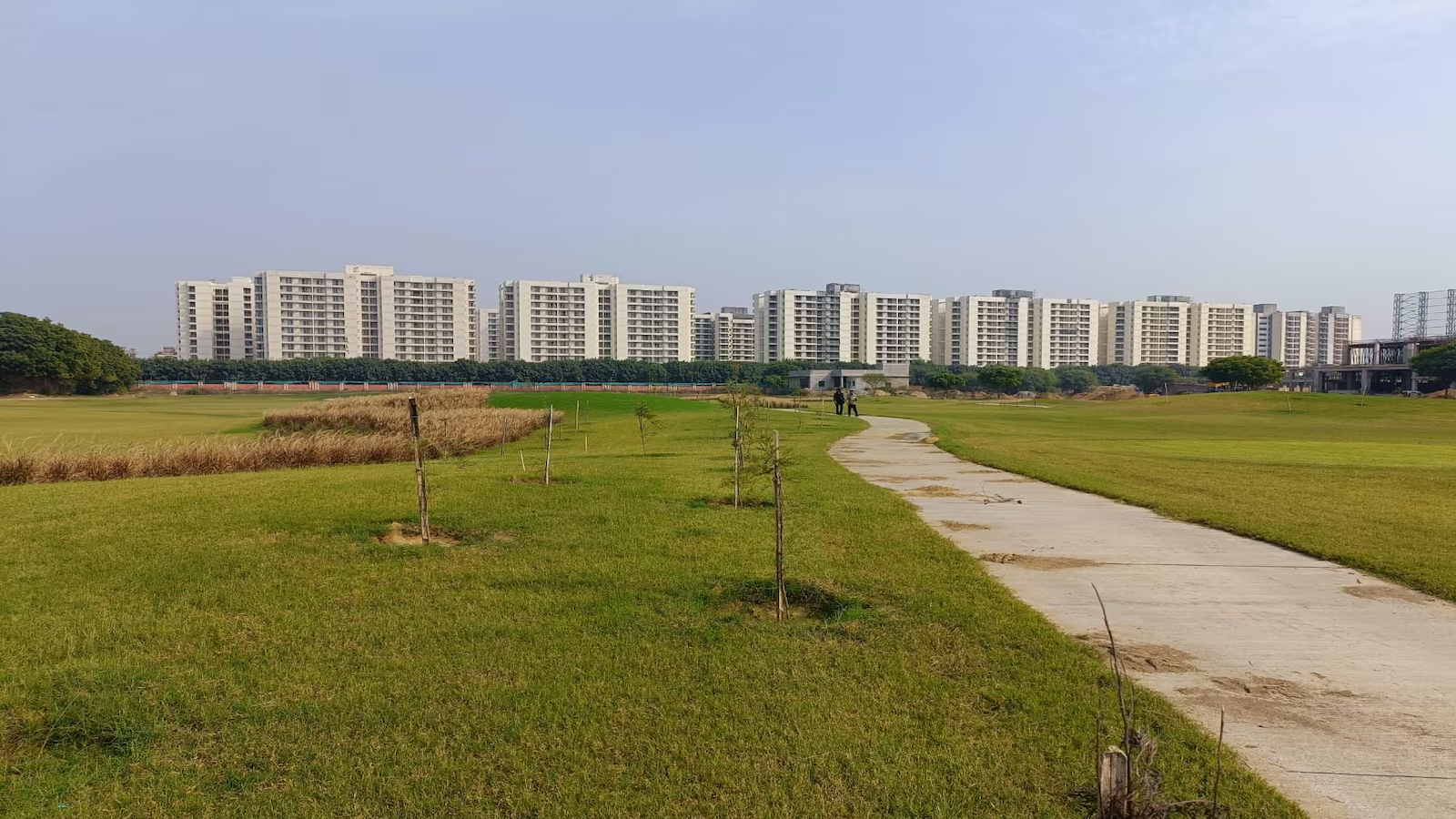Guest Column
Homestays – Hospitality Unchained




Anuj Puri
Chairman, ANAROCK Property Consultants
There’s a popular saying in India – Athithi Devo Bhava – meaning the guest is God. Backed by this popular belief and the rising business prospects due to the significant growth of the Indian travel industry, homestays have today become a viable option for both travellers and its owners alike.
For the guest, it’s a home away from home that is nicely tucked into the greens or high up in the hills, in the remotest hinterlands. For the property owner, it’s a lucrative income source.
Numbers suggest that India’s travel market is projected to grow at an annual rate of 11-11.5% and will be worth $48 bn by 2020. Homestays are indisputably one of the means to cater to this growing demand. Rising disposable incomes, focused government measures to boost the travel industry and the growing appetite for travel is accelerating this growth.
In fact, India saw a 15.6% annual increase in foreign tourist arrivals in CY 2017 as against the previous year. Business tourism too is expected to grow three-fold by 2030 from $30 bn in 2015.
There is no doubt that the Indian hospitality industry must diversify its offerings to keep up with this exponential growth and tap into its extraordinary potential. Alternate accommodations such as homestays – which occupy only a small section of the market today – will grow in stature and play a significant role.
Though still nascent, homestays are a growing phenomenon across the globe, and India numbers among the most promising countries for this segment, and for good reasons. Homestays can provide an experience of true Indian hospitality – unlike formal hotels, which come with limitations. Guests are either accommodated in the family home or in separate quarters nearby and often provided with a level of comfort which even the most reputed hotels cannot hope to match.
Homing in on Homestays
With many travellers now looking for homely comfort during holidays, homestays have surely made their mark in the tourism market. Organized hospitality establishments require a lot of space, which can be very expensive and even impossible to acquire in most of India’s hottest tourist destinations. Their growth and profitability are largely hampered by high real estate and financial costs. Mostly financed via debt, the capital (interest and depreciation) cost eats into their profitability.
Also, hotel chains may not be interested in opening up shop in some of the emerging ‘unspoiled’ destinations, precisely because unspoiled means non-saturated – and a formal hospitality play does require a certain saturation of paying customers. Moreover, hotel rooms can cost a pretty penny and may not be attractive for less well-heeled tourists.
Also, the main attraction for homestays is that they allow tourists to taste the local ‘ flavour’ of a destination at an affordable cost – not only in terms of authentic, home-cooked local cuisine but also the lifestyle of the locals. There can be (though by no means always is) a personal touch to homestays that a hotel simply cannot replicate.
Further, the property owner can regale the guests with local folklore and social background, allowing for an intensely immersive experience which can yield lasting memories – not to mention return custom and favourable referrals not only to friends and family but also via online forums and listing feedback.
Finally, homestays are usually available in high-density tourist locations where hotels are booked up during peak season or local festivities and events.
One interesting branch of homestays in India is the eco-tourism concept, which takes it several steps further and opens the doors of India’s remotest hinterlands and villages to domestic and global tourists, giving them a ‘hands-on’ experience of rural India with all its quaint ‘limitations’. This experience can extend to allowing guests to participate in pastoral activities like sowing and harvesting the local crop. Eco-tourism is an unbeatable ‘back-to-nature’ twist to the homestay ethos that many foreign tourists find incredibly attractive.
Relaxed & Proactive Government Policies
As per the government data, India will need more than 2.5 million rooms across the hospitality industry to meet the snowballing demand by 2020. In its efforts to bridge the growing demand-supply gap, the Indian Government has provided several incentives to homestays. As a result, this model has also been adopted by large formal holiday hospitality chains like Mahindra Holidays as a logical extension of their services. (When this happens, homestay proposals are evaluated by the group and ‘standardized’ to a certain extent to ensure that guests can expect a certain minimum of comforts and conveniences).
The Government has also relaxed the licensing rules for people seeking to convert their property into certified homestays and is developing a centralised database. Simultaneously, it is working with online aggregators like Airbnb that list homestay properties and introduce ratings, guest houses and bed-and-breakfast options.
Backed by its e-visa policies that are likely to boost more foreign tourists into the country, the government is also urging the state governments to exempt homestays from service taxes and levies including water charges, electricity and other commercial charges to attract more homeowners to convert their properties into homestays.
A Glimpse at the Future of Homestays
Homestays may not be everyone’s cup of tea – but by the same coin, neither are formal hotels. With a marginal area of overlap, they both cater to a uniquely different tourist segment and therefore do not impinge on each other to any significant extent. With the benefits being extended to homestays by the Government and the increasing spread of customers who will not have it any other way, this segment of hospitality is, with no pun intended, as safe as houses and here to stay.
-



 News3 weeks ago
News3 weeks agoKW Delhi 6 Mall Onboards New Brands
-



 News4 weeks ago
News4 weeks agoManasum Senior Living Launches IKIGAI GOA, A Senior Living Community in North Goa, in collaboration with Prescon Homes
-



 News3 weeks ago
News3 weeks agoCommercial Realty Gets Tech Savvy: Fast Construction, Enhanced Convenience
-



 News2 weeks ago
News2 weeks agoGodrej Properties Sells Rs 3k cr+ Homes of Godrej Zenith, Gurugram, within 3 days
-



 News4 weeks ago
News4 weeks agoBridging India Divide: Top 5 Tier- 2 Cities to Focus On
-



 News4 weeks ago
News4 weeks agoMultipoint Connection – A Definite Boon
-





 News3 weeks ago
News3 weeks agoRBI’s Status Quo on Key Policy Rates to Help Maintain the Real Estate Growth Momentum, Say Industry Stalwarts
-



 News1 week ago
News1 week agoOlive Announces Dhruv Kalro as Co-Founder
























